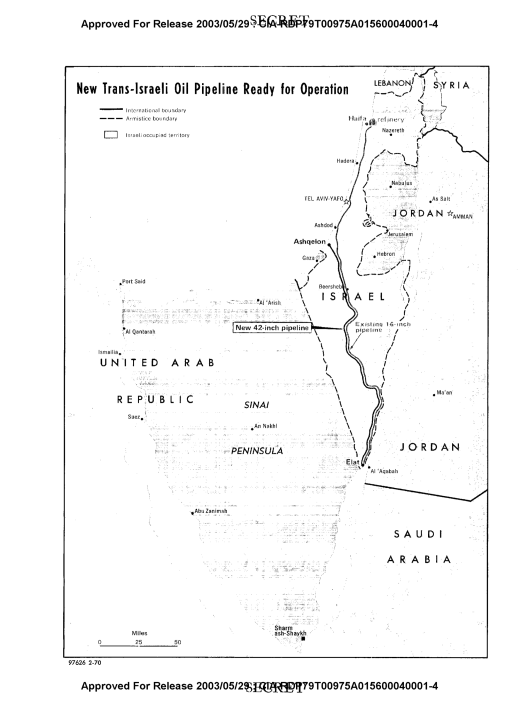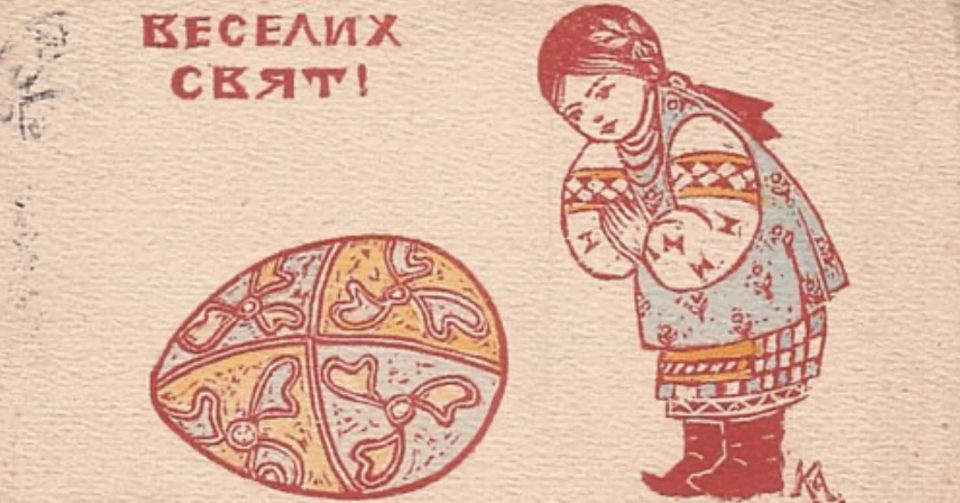Tags
Eilat Ashkelon Pipeline, Iran, Iran nuclear, Iranian Revolution, Israel, Israel Iran conflict, Kremlin, oil spill, Putin, Romania, Russia, Sharon, TIPLINE, Trans-Israel Pipeline, Trump
The Trans-Israel pipeline, also known as the Tipline or Eilat-Ashkelon Pipeline, is an oil pipeline in Israel that was historically co-owned by Israel and Iran, and which transported Iranian crude oil to Israel and to Europe. In 1970 Romania, part of the Soviet bloc, got its oil in this manner. After the 1979 Iranian revolution, Israel seized the pipeline. In 2003, Israeli PM Sharon and Putin agreed to reverse the direction of the pipeline and allow Russian oil to flow from north to south. Russian oil would be delivered by tanker (ship) from Novorossiysk to Ashkelon and then, at the other end of the pipeline (Eilat) loaded onto tanker (ships) for shipment to Asia. In 2016 a Swiss court ruled that Israel owes Iran $1.1 billion plus interest in compensation. [Israel doesn’t want to pay the compensation.] https://en.wikipedia.org/wiki/Trans-Israel_pipeline

Map from 1970.
The Times of Israel reports: “Former Israel-Iran oil company to continue operating in secret: Anyone leaking details of the Eilat-Ashkelon Pipeline Company or new company with same name could face 15 years in prison“, 31 December 2017
A 2008 article alleged that Israel was still buying oil from Iran: “Israel buys Iranian Oil: In spite of Israel’s own calls for a boycott of Iran, its citizens profit from the black gold of the arch enemy, delivered via Europe. Israel protested strongly against the gas deal between Iran and the Swiss company, Elektrizitaetsgesellschaft Laufenburg. But investigations show that Israel itself gets oil from its enemy“, by Shraga Elam March 2008. Read the article here: http://cosmos.ucc.ie/cs1064/jabowen/IPSC/articles/article0081280.html
From Wikipedia:
“Trans-Israel pipeline (Hebrew: קו צינור אילת אשקלון), also Tipline or Eilat-Ashkelon Pipeline is an oil pipeline in Israel that transported crude oil originating from Iran inside Israel and to Europe.
History
The pipeline was built in 1968. Iran halted use of the pipeline after Shah Mohammad Reza Pahlavi was overthrown in the Iranian Islamic Revolution of 1979. The 254 km, 42″ pipeline’s capacity from a special pier in Ashkelon to Eilat’s port on the Red Sea is 400,000 barrels (64,000 m3) per day, and 1.2 million barrels per day (190,000 m3/d) in the opposite direction. The pipeline is owned and operated by the Eilat Ashkelon Pipeline Company (EAPC) which also operates several other oil pipelines in Israel.
In 2003, Israel and Russia made an agreement to supply Asian markets with Russian oil delivered by tankers from Novorossiysk to Ashkelon and then reloaded onto tankers in Eilat for shipment to Asia.[1] In other words, the oil would flow in the direction opposite to the one intended when the pipeline was originally constructed. This route from Europe to Asia is shorter than the traditional one around Africa, and cheaper than the one via the Suez Canal.
In December 2014, a breach near the southern end of the pipeline led to a massive oil spill[2] into the Evrona Nature Reserve
Following seizure of the pipeline in 1979, Iran pursued a claim for compensation against Israel. On 27 June 2016, the Swiss Federal Tribunal decided the case in Iran’s favour with an award of $1.1 billion plus interest.[3]
References
1. Russian Oil to Transit Israel: The Trans-Israel Pipeline is Reborn http://www.washingtoninstitute. org/policy-analysis
2. “PHOTOS: Israel Hit With Massive 600,000 Gallon Oil Spill”. http://thinkprogress. org/climate/2014/12/04/3599861/israel-oil-spill/
3. Daiss, Tim (15 August 2016). “Israel Loses Secretive Oil Pipeline Case To Iran, Ordered To Pay $1.1 Billion Plus Interest”. Forbes Magazine. Retrieved 16 August2016. (Emphasis our own. CC-BY-SA: https://en.wikipedia.org/wiki/Trans-Israel_pipeline
https://en.wikipedia.org/wiki/Wikipedia:Text_of_Creative_Commons_Attribution-ShareAlike_3.0_Unported_License

Trans-Israel Pipeline, 1970 document: https://www.cia.gov/library/readingroom/docs/CIA-RDP79T00975A015600040001-4.pdf
Top photo from the above CIA document.

You must be logged in to post a comment.